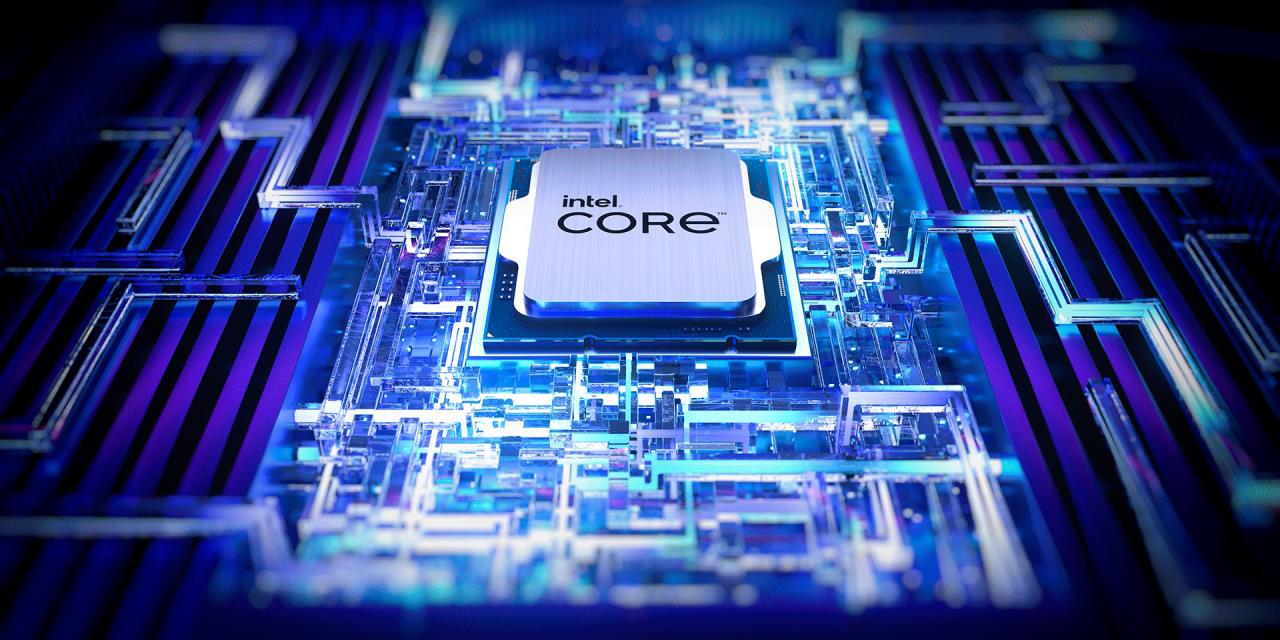
Intel China has confirmed the existence of a final refresh of the Raptor Lake-series of processors, which will likely be the final generation of Intel processors to sport the "i" nomenclature. After this refresh, Intel will be moving on to using the "Core Ultra" and "Core" branding, without the legendary "i" which has adorned its processors for years.
The confirmation comes from an image posted by Intel China on its Bilibili page (a translated version is available from Tom’s Hardware). The image confirms the refresh will be marketed as 14th Generation processors, and will consist of two platforms: One for desktops and one for mobile, with HX and S series parts. Also included is a U-series, which, confusingly, is marked as "Core 1st Generation". A Q&A revealed this is because this particular part will be coming out later, and it seems Intel would rather nest any later products under the new Core/Core Ultra branding instead.
Rumors had pointed to the existence of this new refresh of processors since 2022, but none had predicted the additional mobile processors being included. A leaked roadmap included references to consumer and workstation desktop CPU lineups with 35W - 125W TDPs, rumors which were all but confirmed by later BIOS leaks which confirmed new Intel processors would not be using the next generation of Meteor Lake architecture.
No clock speeds or other stats have been published as of yet, but expect the update to come with some modest upgrades across the board for all of the products. Release dates also haven’t been confirmed, but previous leaks had pointed to a 2023 release, so it’s likely we won’t have long to wait.
These will likely be the final generation of Intel processors to display the old "i" branding. Intel is planning on ditching the "i" altogether, along with the "X Generation" naming convention. Instead of i3/i5/i7/i9, the new Core Ultra branding will simply display 3/5/7/9, along with either Core or Core Ultra, and a product number, like 1900H. What this means for consumers likely isn’t that much, but it’s probable Intel is making the change because it believes it will make understanding which product is the most powerful and latest easier.
